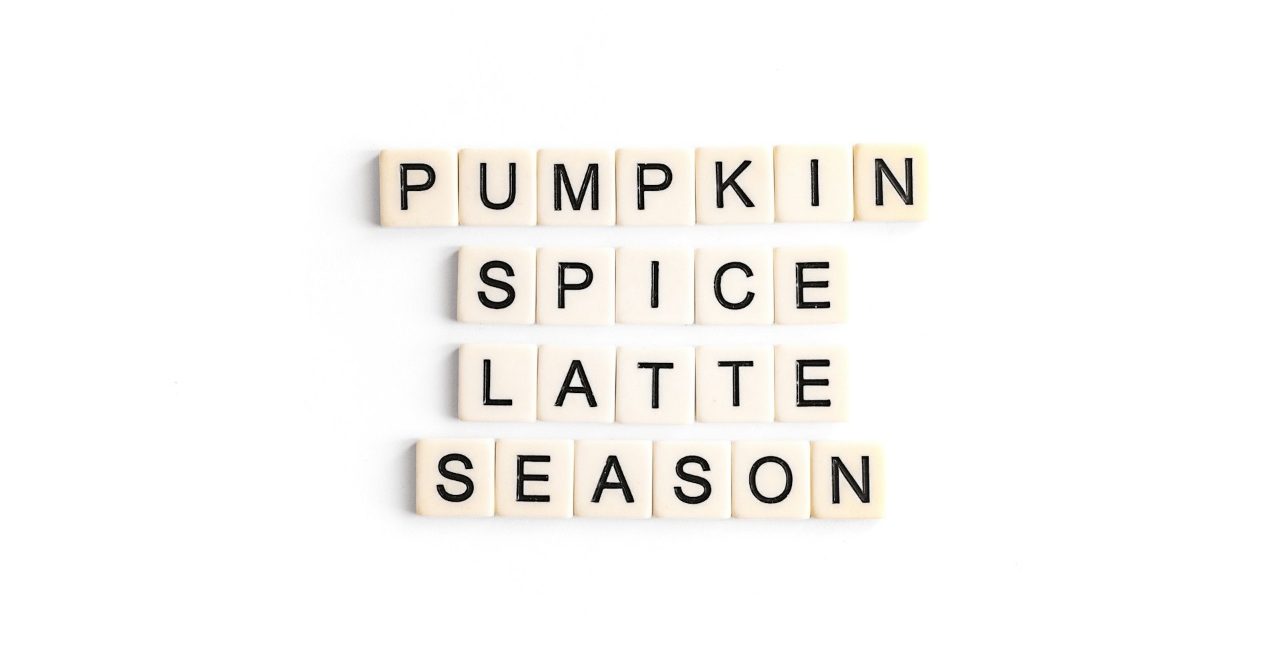Pumpkin Spice in August Means Customer Satisfaction
3 Min Read By Bob Vergidis
Each year, Starbucks, Dunkin’ and other coffee shops announce the drop of the beloved pumpkin spice latte, always inciting an uproar among consumers. It creates a divide between those who think August is simply too early to introduce an Autumn staple, and those who would camp out overnight for their first taste of a PSL in the dead heat of summertime. It’s an age-old debate that stands alongside how early holiday music should be played in stores and on the radio, or when it is too late to take down the Christmas tree. As a society, we’re constantly finding ourselves arguing over how early holiday merchandise appears in stores, yet it seems to show up earlier and earlier each year.
What we’re seeing is a dissonance between rushing time and simply enjoying the moment, but the root of this constant trend is seasonality and it’s a cornerstone to customer satisfaction.
Seasonally Appropriate Offerings vs. Customer Happiness
The status quo isn’t the end-all-be-all when it comes to the appropriateness of seasonal menu offerings, even if it sparks disagreement. It may act as a guidepost for understanding what consumers want when they want it, but restaurants have the ultimate say in when a certain menu item is introduced. The reality is that there are consumers who will buy a seasonal item regardless of the time of year, and they may not be the majority.
Playing with the timing of seasonal items is part of the one-on-one relationship brands strive to make with their customers to give them what they want, when they want it, even if it may not yet be seasonally appropriate. In fact, any brands that announced a pumpkin-flavored drink or jack-o-lantern-shaped treat in August were right on trend. In 2024, Oreo released its pumpkin spice cookie on August 15, a week before Starbucks dropped its pumpkin line of beverages on August 22, with Dunkin’ trailing behind on August 28. This year, Dunkin’ took the hint, launching its pumpkin spice menu on August 20, with Starbuck set to start serving theirs on August 26.
Meanwhile, Autumn doesn’t begin until September 22 – a whole month later – yet hundreds of millions of Pumpkin Spice Lattes have been sold over the years, marking it a fan favorite regardless of timing.
The bottom line is that restaurants are simply giving customers what they want, the foundation for good customer service. It might seem like it won’t make a difference if the PSL was rolled out a month later, when realistically, it boosts customer happiness and restaurant sales. Restaurants see demand skyrocket for seasonal menu items because they are simply not available year-round, giving them a sort of exclusive status. For the consumer, it’s a similar mindset of “get it now while it’s available” and some may find themselves flocking to Starbucks much more often in the fall than any other time of year.

Seasons Come and Go, and So Should Pumpkin Spice Bliss
The seasonal exclusivity of the pumpkin spice latte is what drives customers to purchase more when these items are introduced. They don’t want to miss out scoring the season’s delicious treat, and at the time, they want to be a part of the moment. With seasonality comes the creation of a cultural moment that many consumers want to be a part of. When these offerings are first introduced, Instagram is more than likely flooded with posts and stories of a family member’s first PSL of the season, or an apple cider donut alongside a co-worker’s coffee. It’s a moment to be seen as a part of the movement.
However, these moments must remain exclusive. Seasonality is exactly that and mustn’t roll over throughout the year.
By the time Christmas rolls around, the pumpkin spice latte has lost its luster, and consumers are already looking forward to peppermint mocha and sugar cookie-flavored drinks, beginning the cycle all over again. There is a saturation element that needs to be taken into account. What restaurants need to keep in mind when introducing and selling seasonal offerings, is to be careful not to overexpose customers to them. Otherwise, they will be turned off to those products and it will lead to a decline in sales, and they won’t buy them again. The exclusivity goes away and the product is no longer a hit. And that decline can happen faster than the initial excitement.
Take Chick-Fil-A for example. Since the moment it opened its doors, the business closed each and every Sunday, yet it hasn’t deterred any customers. In fact, every location seems to have a drive-thru line that wraps around the parking lot each day. While a single day during the week doesn’t quite align with seasonal beverages only available for three months, it still shares the element of exclusivity keeping patrons coming back.
If It’s Working, Let it Be
The cultural debate may never subside each season, but the truth of the matter is that seasonality and exclusive offerings are working. Customers are getting what they want, when they want it. Itsolidifies customer loyalty, increases sales and in most cases, gives the restaurants even more exposure when their launches spark debates.
The bottom line is that restaurants must think of the customer, and if seasonality is done right, it will win each and every time.


